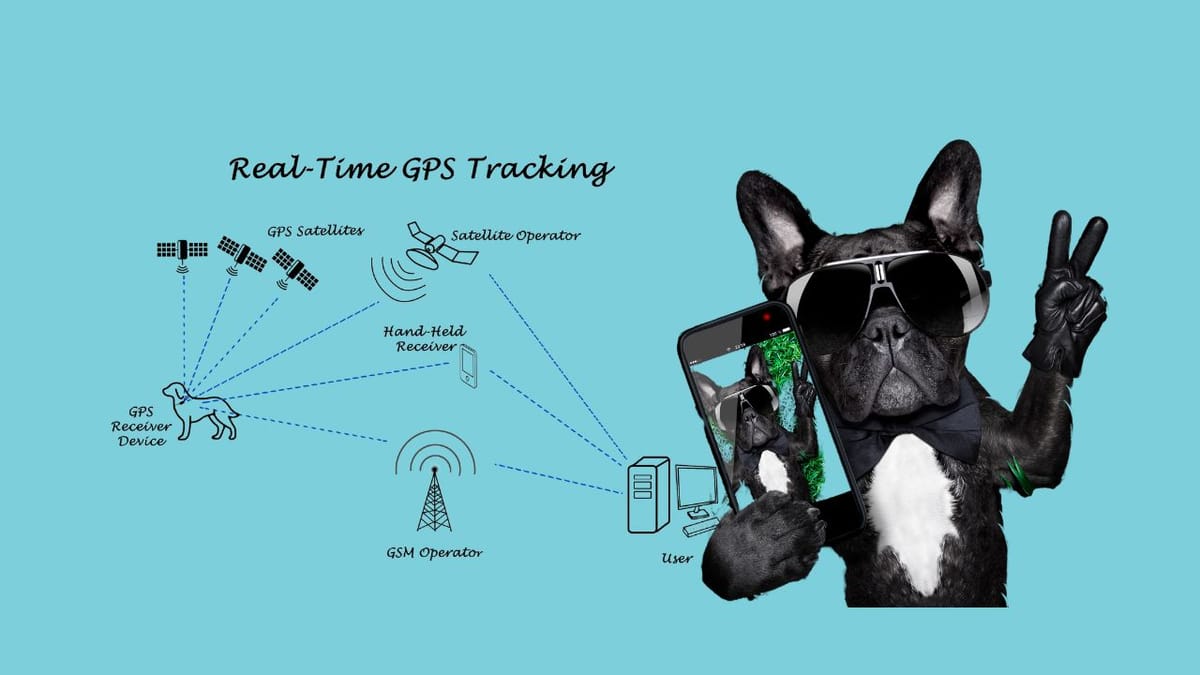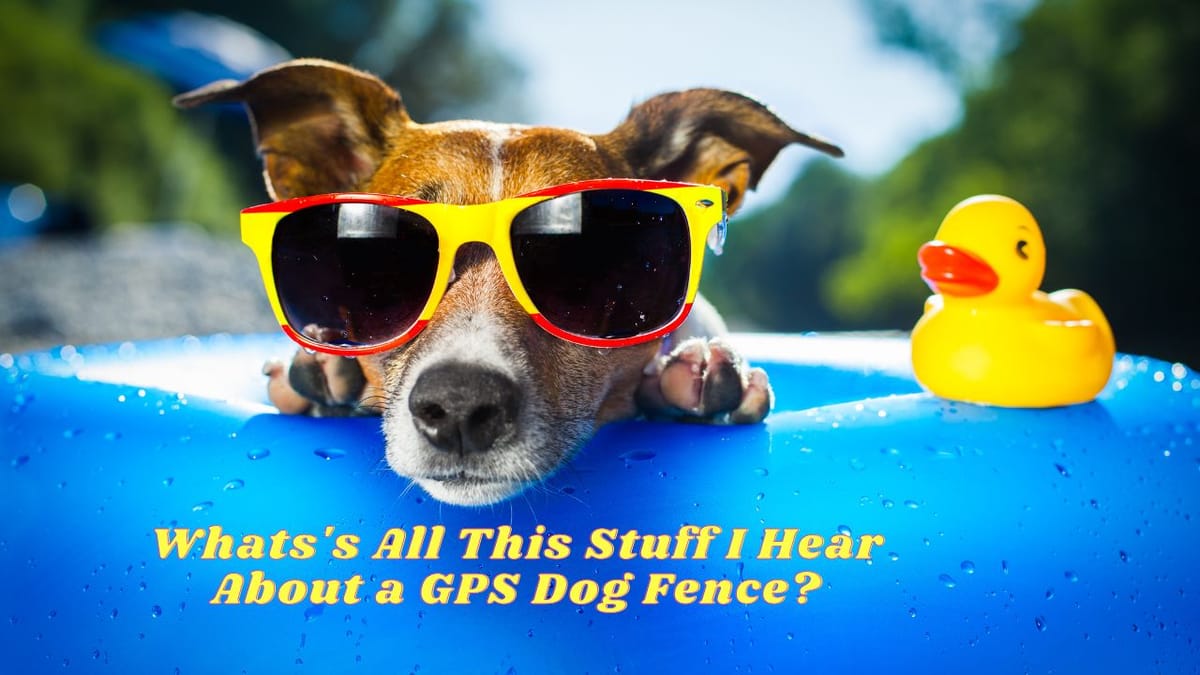Table of Contents
Key Takeaways:
- GPS dog fences can be an effective solution for pet containment in rural areas, offering flexibility and a wide coverage range.
- The performance of GPS dog fences in rural settings may be influenced by various factors such as terrain, signal interference, and the reliability of the GPS technology used.
- Proper training and consistent boundary settings are crucial for the success of GPS dog fences in managing pets' movements in rural landscapes.
With detailed and rigorous research, we provide our readers with the finest recommendations. Our recommendations are our opinions. Our cause is backed by reader support- for every click made through one of our affiliates links, a commission may be earned at no extra expense to you! As an Amazon Associate, Reviewsopedia may earn a commission from qualifying purchases. Thank you and enjoy!
Understanding GPS Dog Fences
GPS dog fences have become an innovative solution for pet owners looking to keep their furry friends safe, especially in expansive rural areas. Unlike traditional physical fences, GPS dog fences use satellite technology to create virtual boundaries. These systems typically consist of a collar with a GPS receiver and a handheld device or base station that allows owners to set the perimeter within which their pet can roam freely.
The technology behind GPS dog fences is relatively straightforward. The GPS receiver on the dog's collar communicates with satellites to determine the pet's location. If the dog approaches the predefined boundary, the collar will emit a warning signal, followed by a static correction if the warning is ignored. This method trains the dog to stay within the set limits, providing a flexible containment solution without the need for physical barriers.
Factors Affecting GPS Fence Performance in Rural Areas
In rural environments, the effectiveness of GPS dog fences can be influenced by several factors. The open space and lack of obstructions typically found in rural areas can be advantageous for GPS signal reception. However, factors such as dense forests, hilly terrain, and extreme weather conditions can interfere with signal accuracy. Additionally, the presence of large metal structures or high-voltage power lines may also disrupt the GPS signal, leading to potential gaps in the containment system.
Another critical factor is the quality of the GPS technology used in the fence system. Higher-end models tend to have better signal stability and accuracy, which is essential in vast rural landscapes where precise boundary definition is crucial. Pet owners should research and invest in a reliable system that can withstand the unique challenges presented by rural settings.

Installation and Setup Considerations
Setting up a GPS dog fence in a rural area requires careful planning. The process involves mapping out the desired boundary and configuring the system accordingly. It's essential to consider natural landmarks and the property's layout when defining the containment area. For instance, steering clear of potential hazards such as ponds, cliffs, or busy roads is crucial for the pet's safety.
Moreover, the initial setup should be followed by a thorough testing phase to ensure the boundaries are accurately reflected and the system responds correctly. This phase is vital to identify any areas where the GPS signal may be weak or inconsistent, allowing for adjustments before the pet relies on the fence for safety.
Training Your Dog to Understand GPS Boundaries
Training is a fundamental component of implementing a GPS dog fence, especially in rural areas where distractions may be fewer, but boundaries can be vast. The training process should start with introducing the dog to the collar and the warning signals it emits. Consistent, positive reinforcement techniques should be used to teach the dog to retreat from the boundary when a warning is issued.
The training should be gradual, increasing the complexity of scenarios and distractions as the dog becomes more comfortable with the system. It's also important to maintain consistent boundary settings during the training period to avoid confusing the pet. A well-trained dog will understand and respect the GPS boundaries, making the fence an effective containment tool.
Reliability and Maintenance of GPS Dog Fences
The reliability of a GPS dog fence is paramount, particularly in rural areas where a pet wandering off could lead to dangerous situations. Regular maintenance checks are essential to ensure the system's components, such as the collar battery and the GPS signal, are functioning correctly. Firmware updates and recalibrations may also be necessary to maintain optimal performance.
Pet owners should also be aware of the system's limitations and have a backup plan in case of technical failures. Regularly checking the physical condition of the collar and the base station can prevent unexpected malfunctions that could compromise the pet's safety.
Comparing GPS Dog Fences to Traditional Fencing
When considering pet containment options in rural areas, it's helpful to compare GPS dog fences with traditional fencing. Traditional fences provide a physical barrier, which can be reassuring but may be impractical or cost-prohibitive over large properties. They also require significant maintenance and can be subject to damage from weather or wildlife.
In contrast, GPS dog fences offer flexibility and can cover larger areas without the need for physical construction. They can be easily adjusted as needed and are generally less visible, preserving the natural aesthetics of rural landscapes. However, they rely on technology, which can sometimes fail, and require a more significant training investment.
Cost-Effectiveness of GPS Dog Fences in Rural Settings
From a financial perspective, GPS dog fences can be a cost-effective solution for rural pet containment. The initial investment in a high-quality system may be substantial, but it often pales in comparison to the cost of installing and maintaining miles of physical fencing. Additionally, the ability to adjust the containment area without additional expenses provides long-term savings and convenience.
It's important for pet owners to consider the long-term costs associated with GPS dog fences, such as battery replacements and potential repairs. However, when weighed against the costs and labor associated with traditional fencing, GPS systems often emerge as a financially sensible choice for large rural properties.

The Impact of Terrain on GPS Fence Functionality
Terrain plays a significant role in the functionality of GPS dog fences. Flat, open landscapes are ideal for GPS signal reception, ensuring consistent boundary enforcement. However, in rural areas with varied terrain, such as hills and valleys, the GPS signal may become less reliable. The system may struggle to accurately track the pet's location, leading to potential safety risks.
To mitigate these issues, pet owners should choose a GPS dog fence system designed to handle challenging terrain. Some systems offer enhanced signal strength and advanced algorithms to maintain accuracy in diverse landscapes. It's also advisable to conduct extensive testing in different terrain conditions to ensure the system's effectiveness.
Advanced Features and Customization Options
Modern GPS dog fences come with a range of advanced features and customization options that can be particularly beneficial in rural areas. These may include customizable alert tones, adjustable correction levels, and the ability to set up multiple containment zones. Some systems also offer mobile app integration, providing real-time tracking and notifications directly to the owner's smartphone.
These features enhance the user experience and offer additional layers of safety for the pet. For instance, being able to track a pet's location in real-time can be invaluable if they manage to breach the boundary. Customization options also allow owners to tailor the system to their pet's temperament and the specific requirements of their property.

Summary
GPS dog fences can be a viable and effective solution for pet containment in rural areas, offering flexibility, wide coverage, and customization options. However, their performance is influenced by factors such as terrain, signal interference, and the quality of the technology. Proper installation, consistent training, and regular maintenance are crucial to ensure the safety and reliability of the system. When compared to traditional fencing, GPS dog fences often provide a more cost-effective and adaptable solution for large rural properties.
FAQ Section
Can GPS dog fences cover an entire rural property?
Yes, GPS dog fences can cover large rural properties, but the maximum coverage area will depend on the specific system chosen. It's important to select a system that can accommodate the size of the property and provide consistent signal coverage throughout.
Are GPS dog fences safe for all dog breeds and sizes?
GPS dog fences are generally safe for most dog breeds and sizes, but it's essential to choose a collar that is appropriate for the dog's size and to use the system according to the manufacturer's instructions. Training is also crucial to ensure the dog understands and respects the boundaries.
What happens if the GPS signal is lost or interrupted?
If the GPS signal is lost or interrupted, the system may not be able to track the dog's location accurately, and the containment features may not function as intended. Many systems have safety features that prevent correction in case of signal loss. It's important to have a backup plan and to regularly test the system to minimize the risk of signal issues.
Other Related Articles










